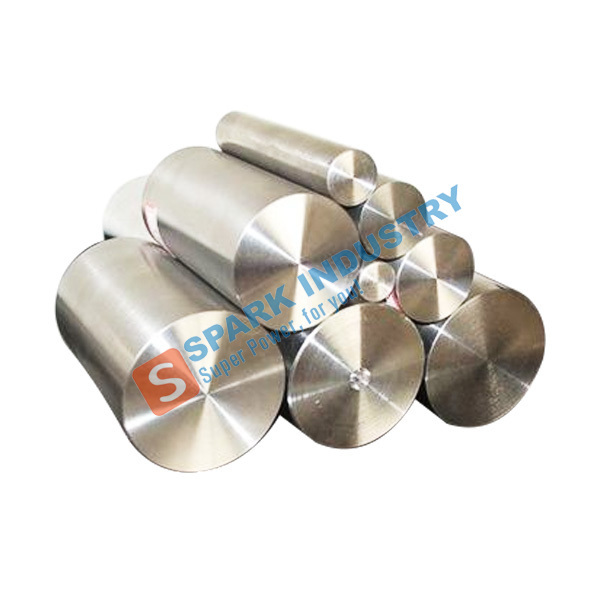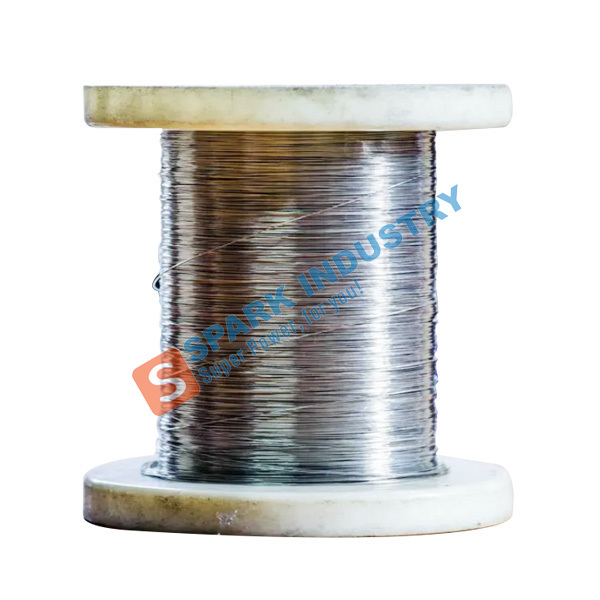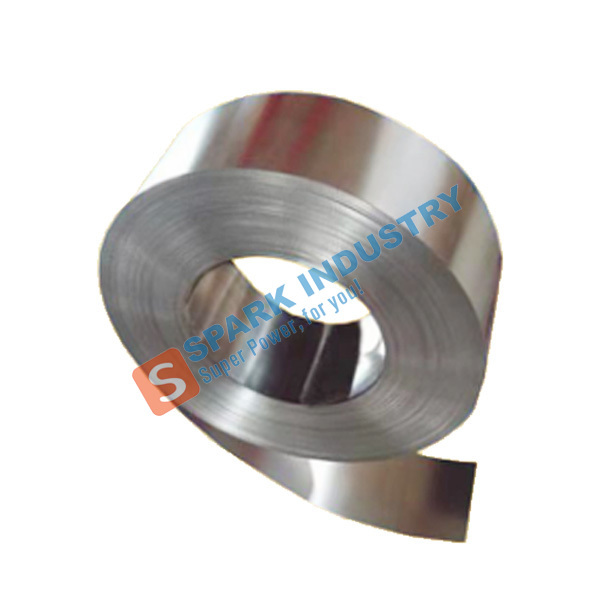Anti Abrasion Inconel 718 Rod 3.0mm Nickel Chromium Alloys
Anti Abrasion Inconel 718 Rod 3.0mm Nickel Chromium Alloys
Learn more
Pure Nickel Nichrome Alloy Cr20Ni80 Resistant Heating Wire
This product is characterized by high temperature resistance, fast heating, long service life, stable resistance, small power deviation, uniform pitch after stretching, bright and clean surface, widely used in small electric furnaces, muffle furnaces, heating and air conditioning equipment, all kinds of ovens, electric heating pipes and household appliances. According to the needs of users, we can design and produce a variety of non-standard industrial and civil stoves.
Learn more
Cold Rolled Inconel 625 Coil AISI ASTM Nickel Chromium Alloys
Alloy 625 is face-centered cubic lattice structure. Dissolve out the carbon granule and instability quaternary phase, then change it to stability Ni3 (Nb,Ti) trimetric lattice around 650°C after a long time heat preservation. nickel-chromium content will strength the mechanical performance in the state solution while suppress the plasticity.
Learn more




